Summer is coming to an end (or almost) although there are cities, like El Santa Maria Port, with a Cádiz accent, in which life under the southern warmth It is celebrated without looking at the calendar. It's almost noon and the temperatures feel very high on the streets. Perhaps for this reason, many of them are deserted.
Another reason may be —and as we write it, this version is gaining strength— because both locals and foreigners are at this hour rushing through the potato omelette and its good watermelon 'tajá' on the beach.
We, however, have reserved the day to walk through its urban center, to explore, to learn about the past that is also present in this maritime city homeland of Alberti, of osborne bull, of one gastronomy that takes away the feeling and a good handful of palace-houses that accumulate centuries of history. It is precisely these that welcome us to a quiet city that is full of life, because If El Puerto can boast of anything, it is never stopping.
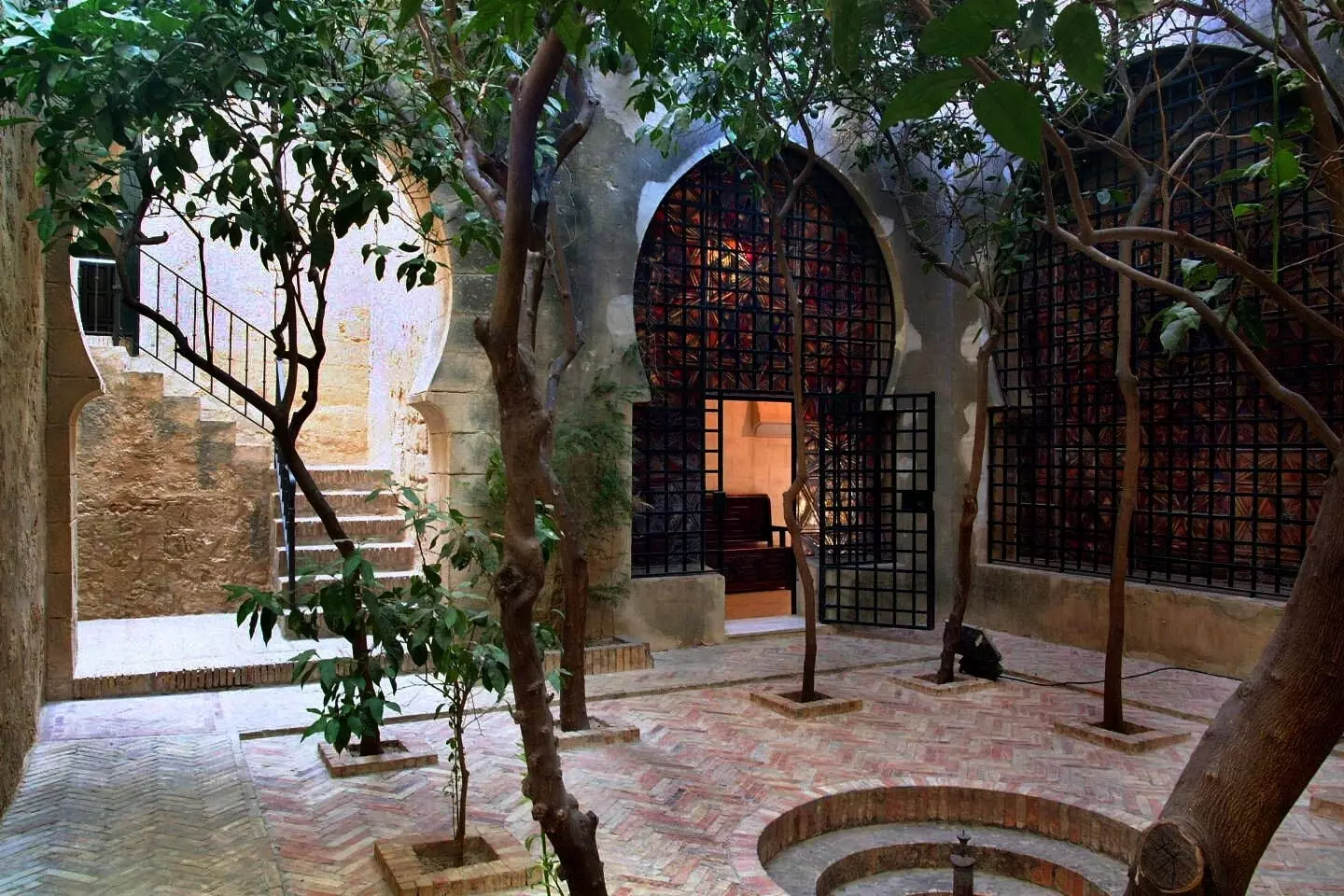
Inner courtyard of the castle of San Marcos.
TRIPS TO THE AMERICAS AND GREAT FORTUNES
Built during the 17th and 18th centuries by the wealthy porters from the Indies who made their fortune trading with the Americas, today a large part of those palace-houses that served as their home are still standing recalling times of economic boom. It's for something he Puerto de Santa María is nicknamed “the City of 100 Palaces “…but we want to know more.
We wandered aimlessly and, as we passed Calle Cruces, we ran into one of them, the Palace of Villareal and Purullena: built in the 18th century, which today houses the headquarters of the Luis Goytisolo Foundation. The scant ornamentation of its façade contrasts with the sumptuousness of its interiors, where power was displayed through paintings, luxurious furniture, glassware or ceramics. Precisely Elizabeth II herself stayed here on her visit to the city.
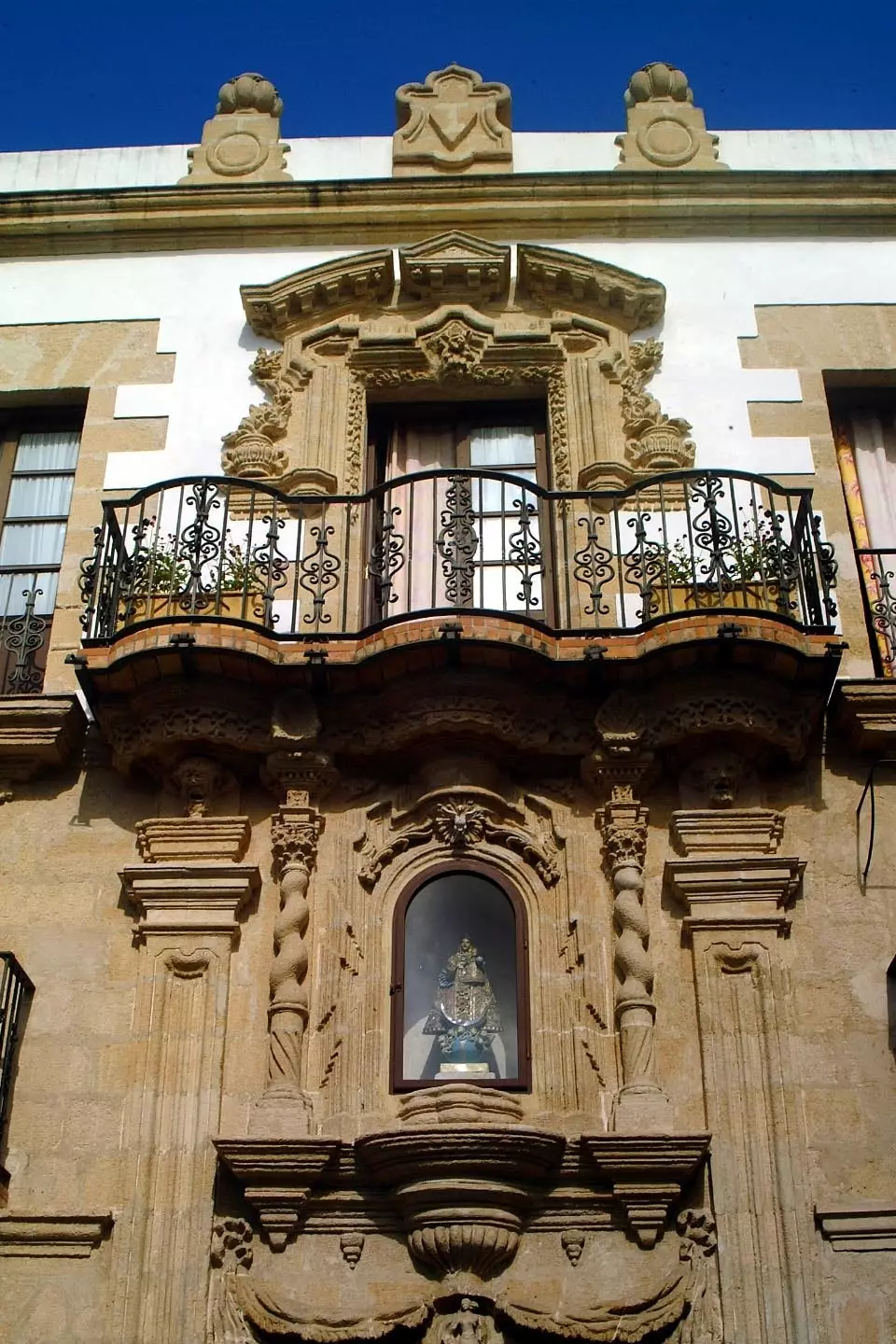
The façade of the Casa de Los Leones is an example of Cadiz baroque.
Something further, in the neighbor placilla street , surprise the House Palace of the Lions, where they took great care in a facade that reflects the wealth of its owners. today transformed into tourist apartments, 17th century construction retains its design and architectural style original baroque.
Just a few steps away, on Calle Pagador, another addition to our route: the House of the Marchioness of Candia, of the eighteenth century, is today the Municipal Museum, that next to the houses of the Rivas, the Oneto, the Reinoso Mendoza or the Voss, they continue to shape that historical heritage that is the essence and part of the Porto idiosyncrasy. There is no nicer way to recreate our sight.
And if with something those porters from the Indies traded in his travels he was, in part, with the rich wines that were made —and are still being made— by these lands: you just have to keep walking through the city to realize that the wineries —or what remains of many of them— number in the dozens.
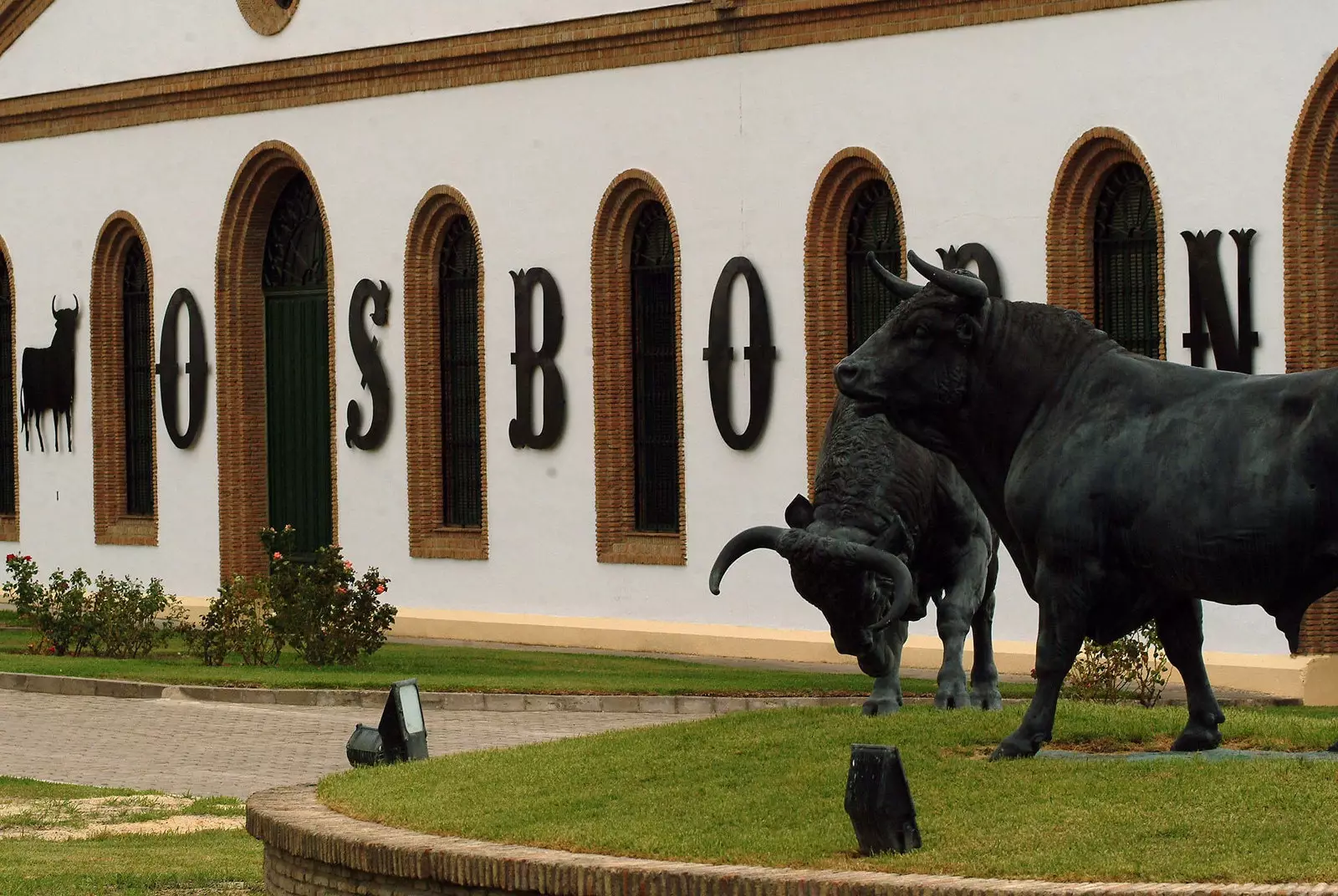
The centuries-old Bodegas Osborne were founded in 1772.
TO THE HEALTH OF THE PORT
Some are authentic architectural giants whose chipped and discolored facades barely cling to the present: many of the buildings struggle to remain standing in the heart of El Puerto de Santa María, while others, however, allow your visit to discover the secret behind the wines that make up the Marco de Jerez. Because El Puerto is the third vertex of the geographical triangle which, together with Jerez de la Frontera Already Sanlucar de Barrameda, make up the realm of that liquid treasure so appreciated in the south.
And if in the kingdom we have to talk about a cathedral, that is, without a doubt, Osborne: the Bodega de Mora has been home to the best collection of VORS wines in the Marco since 1772, and a guided tour of its facilities, strolling among centenary boots and discovering its elaboration system from criaderas and soleras, it is a must.
In addition to the proper tasting — man, please — here we make a stop at a surprising corner: the Bull Gallery, a gallery dedicated to the Osborne Bull —yes, the one that has up to 92 billboards distributed throughout the Spanish geography— which is quite a revelation.
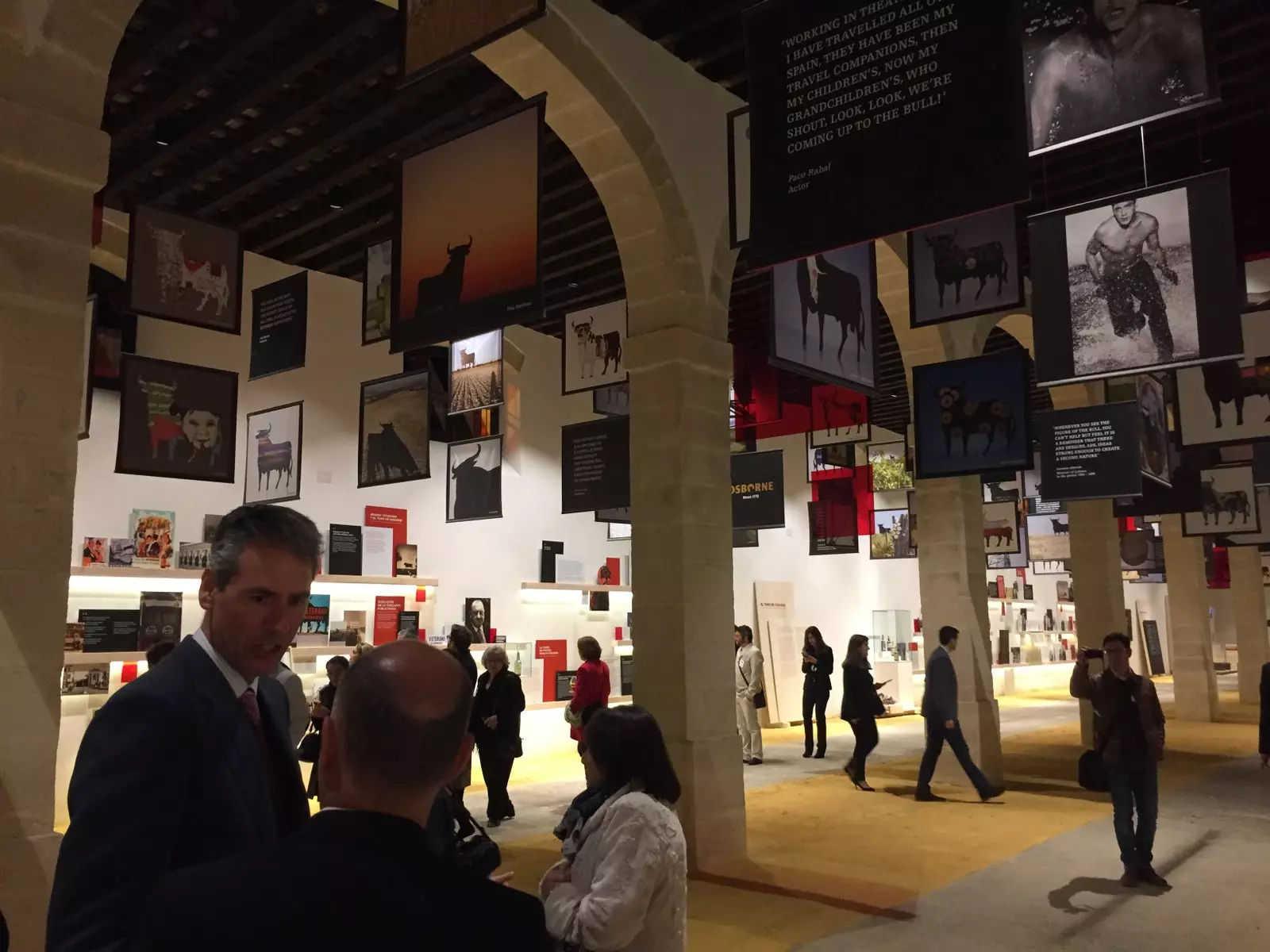
In Toro Gallery there are works by Dalí and photographs by Leibovitz, Avedon, Helmut Newton...
And what do we learn here? Well, curiosities like the Osborne bull design is from 1956, when the wineries commissioned a billboard to promote their Veterano brandy; that in 1988 the road regulations prohibited advertising in any visible place from these, but the social movement for not removing the bulls was such that the Supreme Court ended up “pardoning” him, and that there are not only Osborne bulls in Spain: they have also arrived in Mexico, Japan or Denmark. How do you stay?
You can visit some other wine temple like Bodegas Gutierrez Colosia, in this case occupying a huge space next to the mouth of the Guadalete since 1838, something that gives it an extra humidity that facilitates the biological aging of its fines under the famous "veil of flower".
In order to discover —and taste, which you feel like again—, another alternative is to combine heritage, wines and history with a visit to the San Marcos castle, In the heart of the city. The reason? The monument belongs to Cavalier Cellars, what better two for one than this?
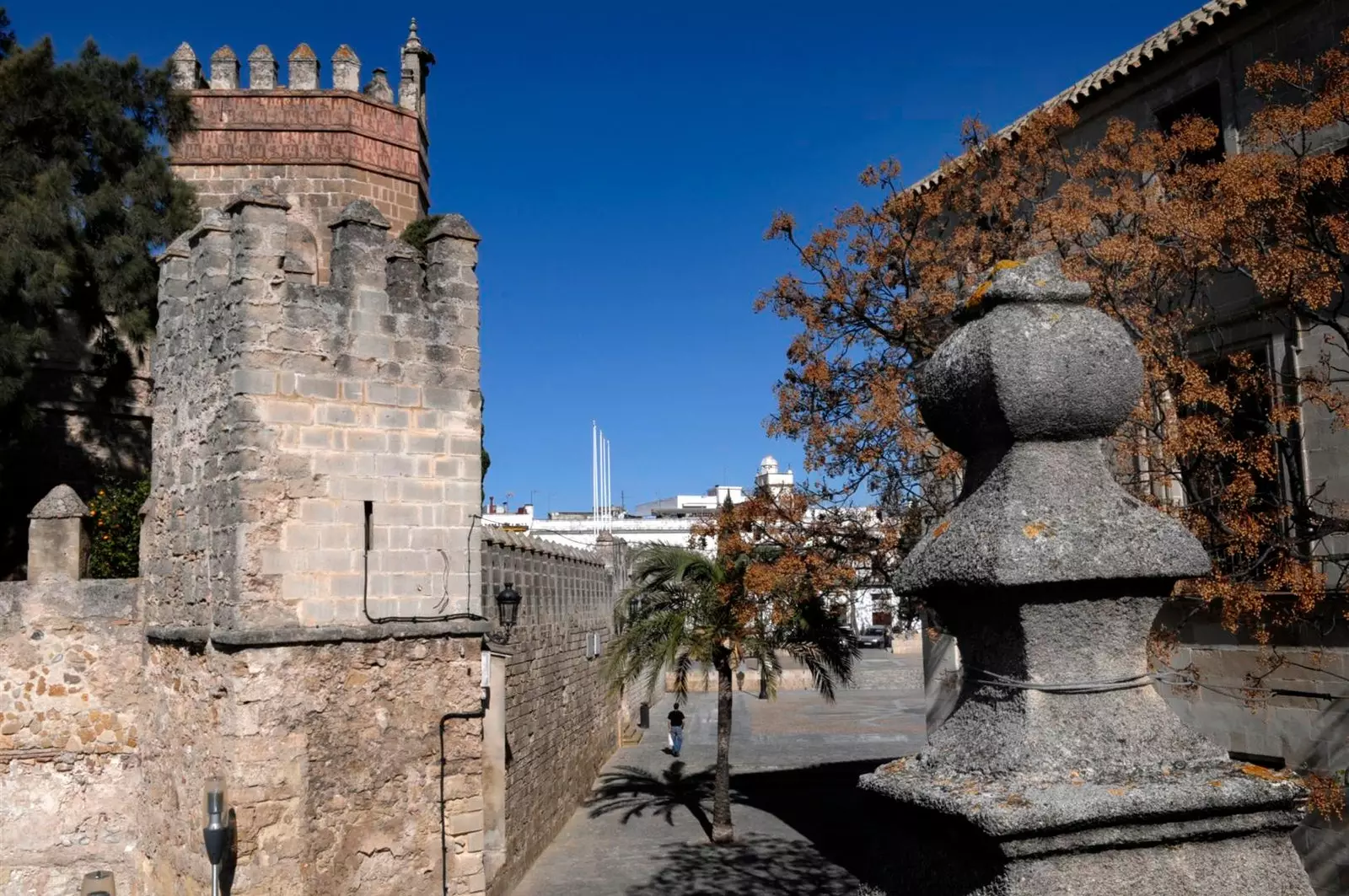
The Castillo de San Marcos, in the heart of the city, is another must-see.
However, wines aside, the first thing that impresses when entering it —whether with an audio guide or a guided tour— is, as always, the unexpected: the mosque on which Alfonso X ordered the construction of this fortress shines like never before in the 21st century.
But as we admire the arches of the prayer hall, we learn something else: the true foundations of the castle are from Roman times and, after various excavations, some columns and walls have been exposed in various areas of the castle... You just have to open your eyes wide.
We admire the 10th Century Mihrab, hidden for eight centuries behind the castle walls and discovered by chance in the 1940s during restoration works, and we continue the walk: the original gothic style chapel, the sacristy that was previously a madrassa, the Courtyard of the Orange trees or its imposing towers with inscriptions in Latin.
As they say, Columbus stayed in one of them for two years as he prepared for the first of his overseas voyages. The Dukes of Medinaceli, owners of the castle at that time, they contributed to the feat with one of the three ships with which the discoverer sailed. Which one of them? The Santa Maria, of course.
But as promised is debt, here it goes: extend the visit with a tasting of the best wines of Knight Group it is an obligatory task. The company, owner of the castle since 1959, proposes to visit the old winery, attached to the castle itself, where you can taste some of its wines.
Before leaving, we walk through the store, where there is a replica of the world map that Juan de la Cosa drew from Porto: the first in the world.
An ice cream from Da Massimo, recognized for their exquisiteness and for their daring when it comes to trying new flavors —those made from the traditional tiles from El Puerto and the Payoyo cheese are guaranteed success—is the best companion for this route whose next stop still keeps us in the heart of the city: let's pull literature, we were already missing it. We go to the birthplace of the Rafael Alberti from Porto, of course.
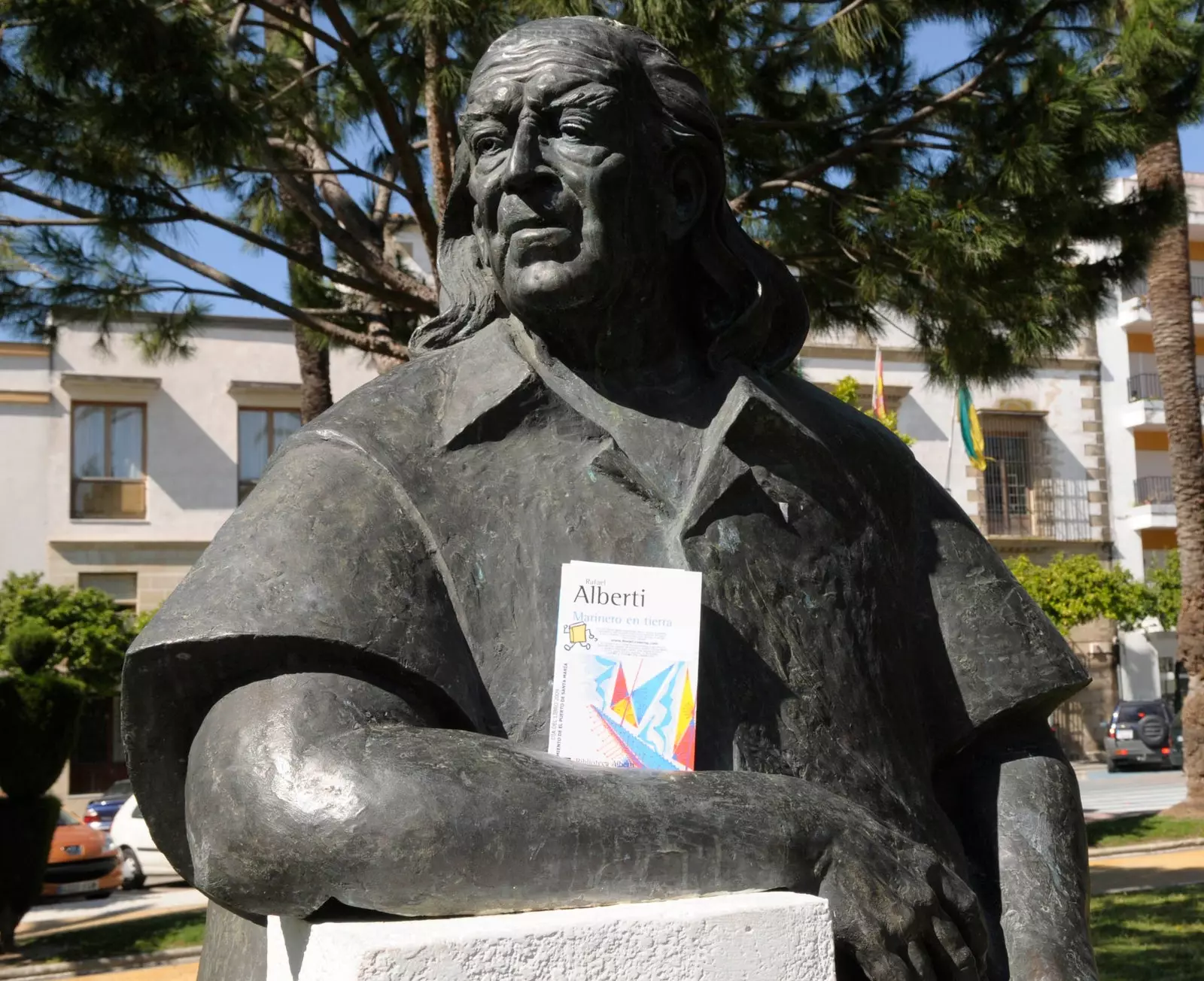
Monument to Alberti, in the Polvorista square.
Converted today into Rafael Alberti Foundation, Its more than 2,000 square meters invite you to take a hundred-year journey through Spanish literature.
who was one of the greatest exponents of the Generation of 27 left an immense legacy to his people that included not only his work, but also drawings, letters, poems, audiovisual documents and even an extensive library.
To visit it is to remember and pay homage to one of the most distinguished characters of the last century. traveling through his own life, that led him to go into exile for nine years outside of Spain and then return to his land. The honors done, it will be time to another very different tribute: the gastronomic one.
LAÚL AND OTHER DELIGHTS
We can of course feast without moving from the center — The portals Y its seafood noodles; The Tavern of the Chef of the Sea or the Puerto Escondido Restaurant they are great successes—but, in our case, we move something further: The Laul He waits for us with the table set.
This is the gastro project of Eduardo “Yayo” Siloniz, chef and one of the owners of it, who discovered its passion for the kitchen while studying Mathematics: he started working in a catering on weekends and knew that this was his vocation.
He then signed up for the Cadiz School of Hospitality, he prepared, traveled and worked hand in hand with the biggest until he set out, two decades ago, to create a small tapas bar in the heart of El Puerto.
The Laul? It is the name that the barges received that carried the wines from El Puerto to the great ships that departed for the Americas, and the bar of that first bar was made with the wood of one of them.
Willy, his brother, would soon join the project. from the world of wineries and in charge of marketing and public relations, and also María, his wife, who can be seen, perky and energetic, controlling the salons and dealing with clients.
They went shopping a villa with a garden in the Vistahermosa area and they moved there with the idea of transforming it into something big.
With care and care, El Laúl is today a gastronomic benchmark that is committed to local and quality products, which Yayo shapes with creative and very personal proposals that respect the traditional base.
The chef confesses that he listens a lot to the client, who has helped him turn his restaurant into what it is today: a temple to the flavors of the south With all the letters.
And to check it, the first thing to do is choose one of its spaces, a very complicated task: Eat in his cozy garden in a more glamorous setting, or more informally in the Moroccan tent? do it in the tapas based bar, or in the inner room? Each place has its own soul, and all of them have been taken care of the interior designer Cristina Larrañaga.
And on the plate? Well, there will also be the difficult thing, but here is a recommendation: the snapper tartar —if it has been on the menu for 20 years, it must be for a reason —, the grilled artichoke with quail egg and nettle or the sardine toast are good to whet your appetite, although later the display must come from the hand of their curry noodles with Iberian cheeks, of its glazed Angus rib or any of its proposals on the grill . We already warned you... not a crumb will be left.
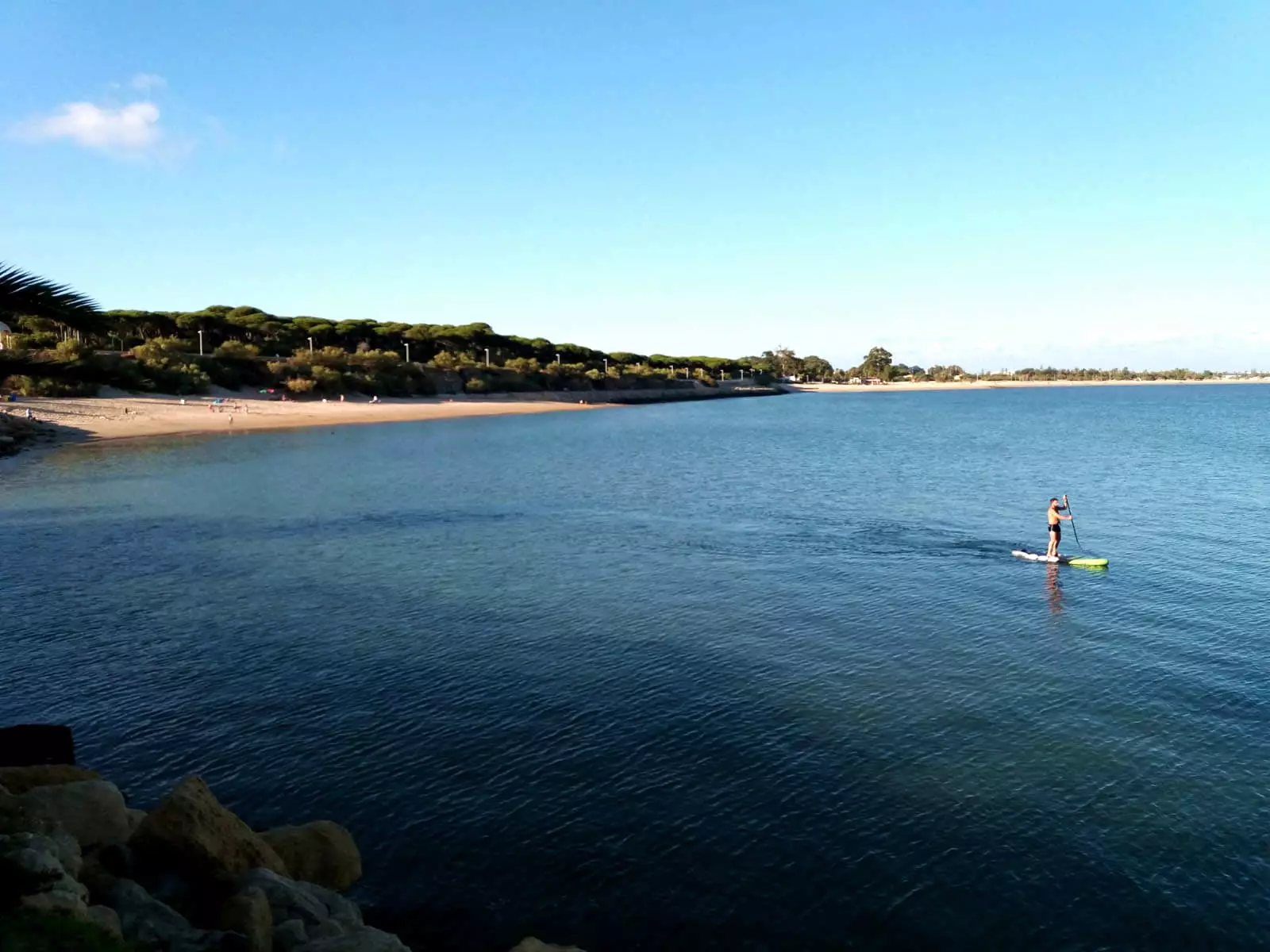
The waters of La Calita beach invite you to paddle surf.
AND NOW… TO REST
We had been looking sideways for a while the beaches of El Puerto and it is that, if there is desire, in these parts the bath is welcome throughout the year. And as with everything, in this corner of Cadiz there will also be plenty to choose from: fine golden sand, fresh and crystal clear waters, and with a sun that shines high most of the time, its various beaches are spread over a 16 km long coastline.
From Valdelagrana to La Puntilla —the closest to the urban center—, from the Levante beach to Fuentebravía beach, we stay with that of La Muralla, so called because it has defensive remains of the old Castle of Santa Catalina, or even by the secluded Playa de la Calita, very close to each other.
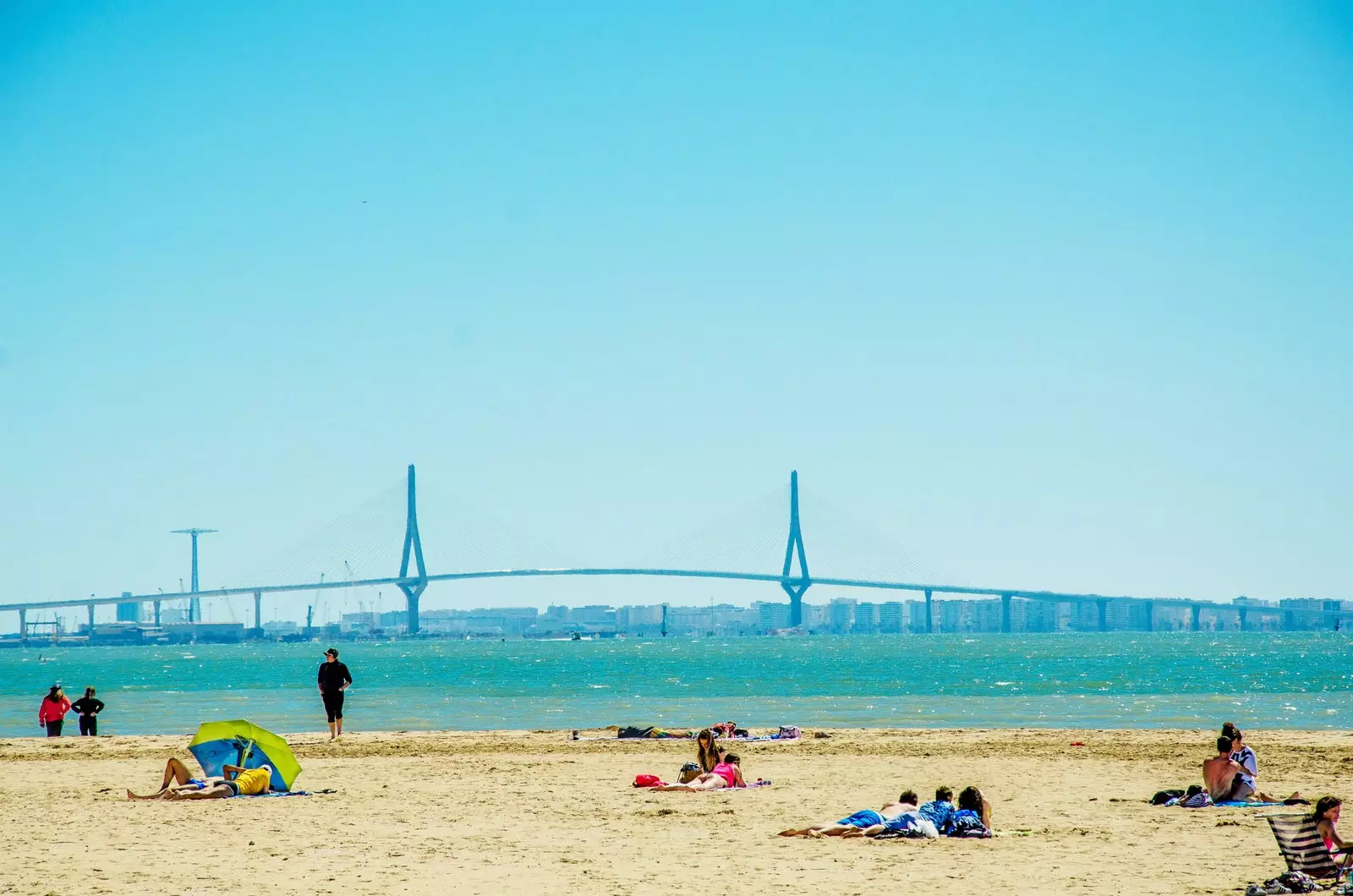
Valdelagrana beach.
That is where we spread the towel, nail the parasol and revel in the incomparable pleasure of leaving spend the hours between bathing in the sea and back and forth under the sun. And if we like it, we even gobble up our afternoon snack with a good cake from the street vendors. Y with the sunset in the background, ea. Because here, in El Puerto de Santa María, There are still summer days... and you have to know how to take advantage of them.
SUBSCRIBE HERE to our newsletter and receive all the news from Condé Nast Traveler #YoSoyTraveler
